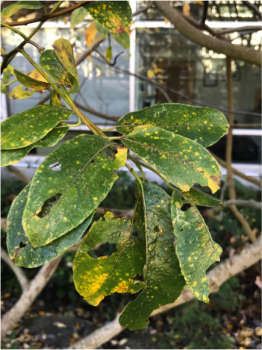Scouler’s Willow
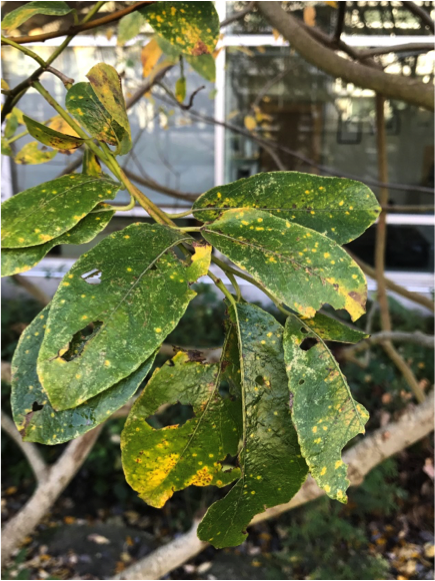
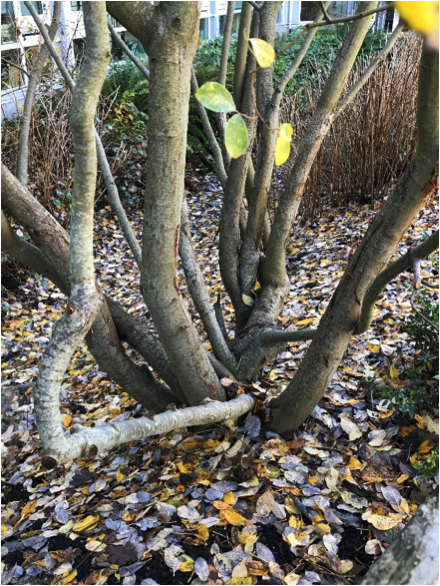
(Left) Scouler's willow leaf, photo taken by Kay-Lynn Yacoboski, November 23rd, 2017
(Right) Scouler's willow trunk, photo taken by Kay-Lynn Yacoboski, November 23rd, 2017
Salix scouleriana
Common Names
Scouler’s willow, Nuttall willow, Fire willow, Mountain willow, and Black willow.
First Nations Names
Xwále (Hul’q’umi’num)
Family
Salicacea
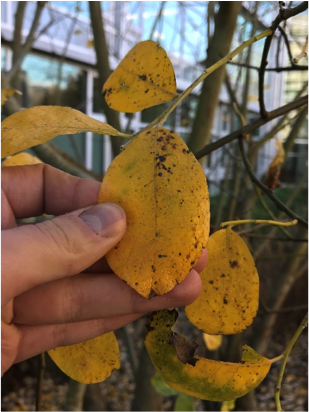
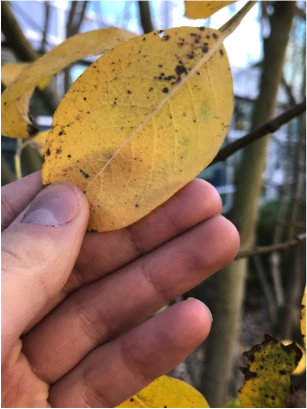
Top and fuzzy underside of Scouler's willow leaf, photo taken by Kay-Lynn Yacoboski, November 23rd, 2017
Identification
Scouler’s willow is a deciduoustree that is multi-stemmed and relatively fast propagating and growing. It is generally a shrub, but may grow into a larger tree ranging anywhere from 6 to 65 feet in height. They have slender stems and branches, and the bark is smooth to flakey and light brown/gray in colour. The leaves may be smooth to leathery on top, with a pubescent or “fuzzy” textured underside. The leaves are often rounded at the ends and pointier at the base. [1]
Cautions
None
Current Distribution and Local Habitat
Scouler’s willow is native to Western North America, found from Alaska down to Mexico, and tends to grow in drier, low elevation areas in British Columbia, however it has a wide range of adaptations. It may be found in dry uplands, swamps, mountain streams, and occasionally in high elevations in dry rocky conditions. It prefers gentle to moderate slopes and is found mainly in forests with thin canopies, and meadows, and thickets, as it is a shade intolerant plant. [1]
Ethnobotanical Use
There are many different uses for Scouler’s willow. The inner bark is good for making cordage, the stems can be used for weaving willow baskets, and the wood was used for making fish weirs among many First Nations groups. Scouler’s willow is a source of aspirin, and a poultice of the inner cambium can be used in the treatment of cuts [2]. The wood was also used for smoking salmon, and drying meat and fish. Rotten willow roots could also be shredded and carried as tinder or fire starter. The tough flexible branches could also be used to make hoops and cradle rims. Young willow branches were also boiled and used as a wash to clear complexions and were used when bathing to remove odor. [3] View presentation of how to make cord out of Scouler's willow
UVic Campus Locations
Scouler’s willow can be found within the David Turpin Garden, as well as along the North and Northwest portions of Ring Rd.
Written by Kay-Lynn Yacoboski, 2017
References
[1] Anderson, M. D. (2001). Salix scouleriana. In: Fire Effects Information System, [Online]. U.S. Department of Agriculture, Forest Service, Rocky Mountain Research Station, Fire Sciences Laboratory (Producer). Available: http://www.fs.fed.us/database/feis/
[2] “Salix scouleriana” [Web page]. (n.d.). Retrieved from http://practicalplants.org/wiki/Salix_scouleriana#Medicinal_uses.28Warning.21.29
[3] “Flood Plain Garden” [Web page]. (n.d.). Retrieved from http://www.secwepemc.org/flood-plain-garden.html
Project Status:
Year:
Associated Projects:
Image:
